About a year ago I came across an old Craftsman cement mixer. No motor or engine just the drum, yoke pinion frame and a 14 inch pulley.
the 14 Inch pulley was the first indication of how it had previously been powered which I figure was a 1 or possibly 2 hp 1700 ish RPM electric motor
I also had a 5.5 hp gasoline engine I traded for as a basket case. the guy claimed it only had a couple of hours on it since new but had pulled the cover and flywheel off to see if an electric start could be installed he was going to use it as a poney start engine for a9 hp listeroid diesel also now mine.
the mixer was partially froze up I could barely rotate it Just for C-bag some of the photos have a tape measure
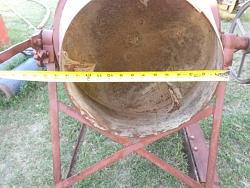
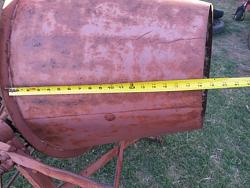
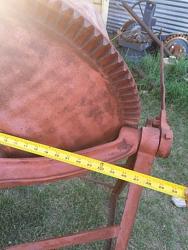
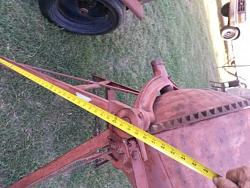
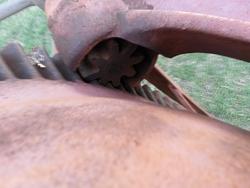
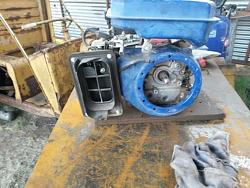
I started off by making a jack shaft and mount for the chain drive and belt drive reduction system.
The jack shaft was needed because I wanted to have a centrifugal clutch on the engine which would allow for stopping the drum by idling down
I chose a 30 tooth sprocket mated to the 12 tooth sprocket to give a 2.5 to 1 initial reduction followed by a 4 inch pulley mated to the 14 inch pulley making the reduction at 3.5 to 1 or a total reduction of 8.75 to the pinion the pinion has 8 teeth while the drum has 98 or 12.25 to 1
if the targeted drum rotational speed is 30 then the engine RPM would be around 3215 This engine happens to be governed at 3600 max RPM so the 3215 is well withing the range
the jack shaft was made from .875" cold roll turned down and keyed on both ends to fit the bearings pulley and sprocket
the housing was just a piece of rond stock I found laying around bored and counter bored to accept the bearings
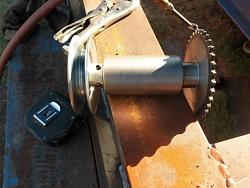
the jack shaft mounting plates were made from 4 by 6 by 1/4" plate slots were milled on a 3" square pattern 1 inch long
after the slots were milled the mating plate was clamped below and the 4 bolt holes were match drilled to the slots
bolts were tack welded in the 4 holes to allow the use of a single wrench for adjusting.
The assembled jack shaft ready for installing on the mixer
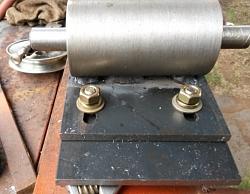



 LinkBack URL
LinkBack URL About LinkBacks
About LinkBacks

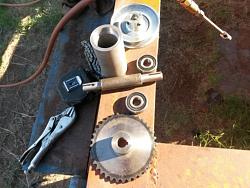
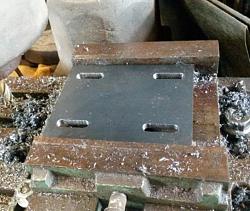
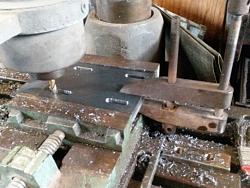
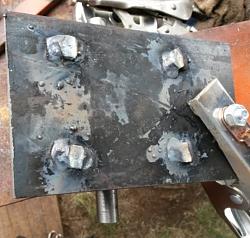


 Reply With Quote
Reply With Quote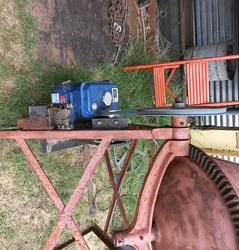
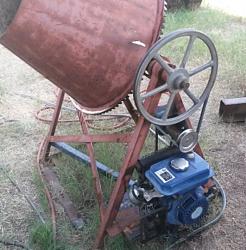
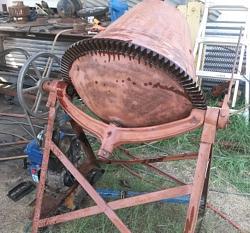
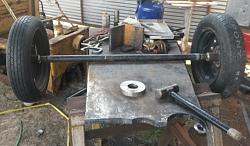
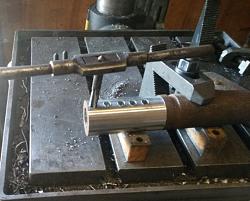
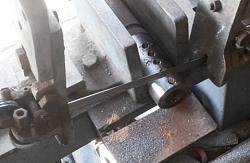
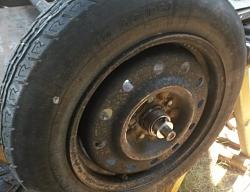
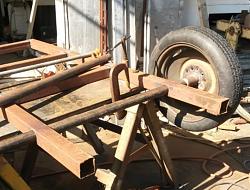
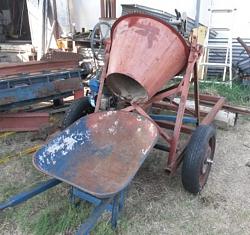
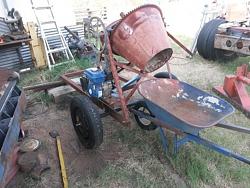
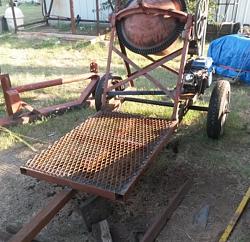

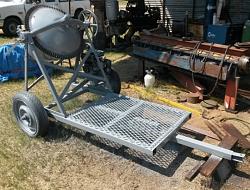
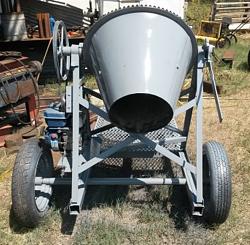
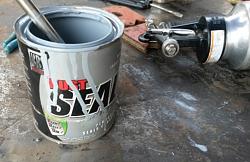

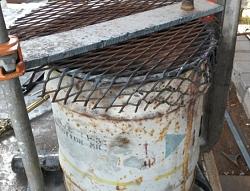
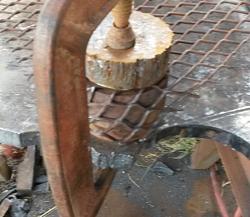
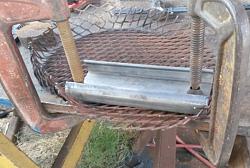
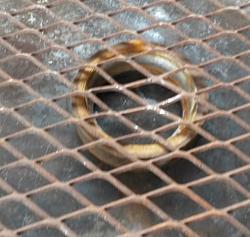
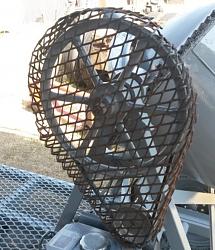
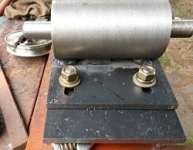


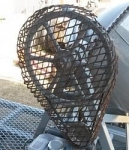

Bookmarks